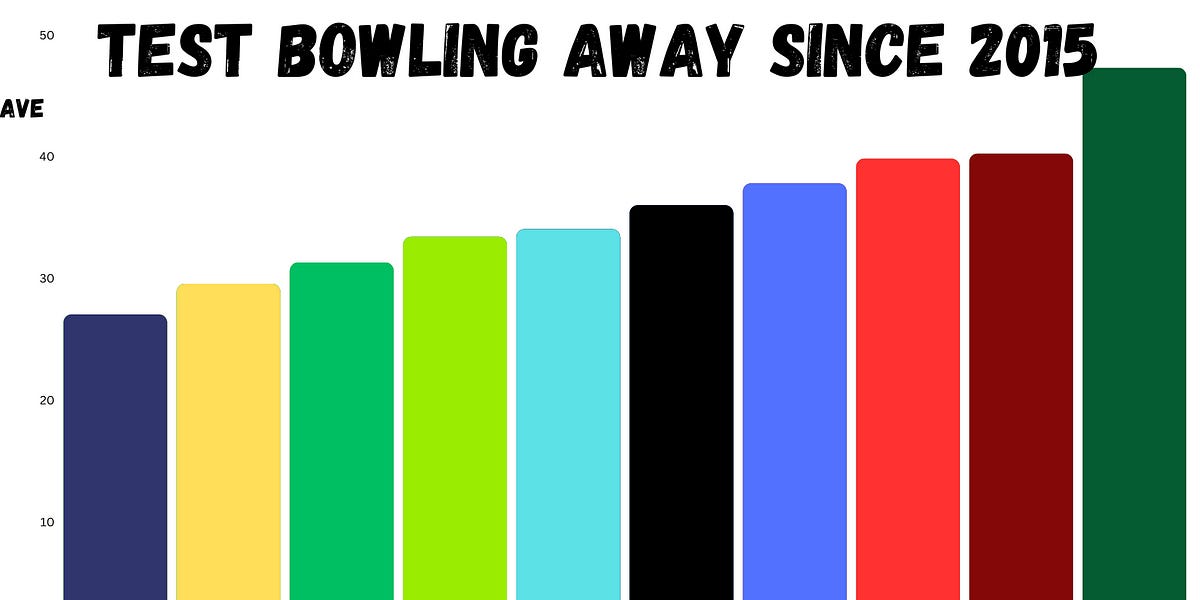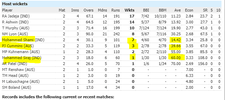Thanks - sadly I’ve watched it decline before my eyes. Obviously there are some societal factors at play but in the rush for time long form cricket has to suffer. Crash Craddock made some good points in the news ltd papers today which I agree with, basically India through the IPL has taken a stranglehold on world cricket. At grassroots level in my neck of the woods we are in crisis and I suspect community footy isn’t far behind. Competitions are dwindling as is the general standard of the game.Great post .
A lot of people saw our batting issues a long way out so it isnt exactly a suprise unfortunately.
Issues from young juniors through club , rep and even through grade/premier cricket these days.
Some kids making rep sides now cannot go 6 balls without trying to hit a boundary , everything is bottom handed , closed or open faced , no patience or batsmanship.
And a lot lf the coaching encourages it .
Its a long way back from here
Last edited:





